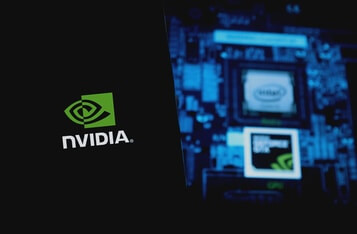Enhancing Deep Learning with nvmath-python's Matrix Multiplication and Epilog Fusion
nvmath-python, an open-source Python library currently in beta, is making waves in the deep learning community by offering access to high-performance mathematical operations through NVIDIA's CUDA-X math libraries. This library provides both low-level bindings and high-level abstractions, facilitating integration with Python packages like PyTorch and CuPy, according to NVIDIA Developer Blog.
Fusing Epilog Operations with Matrix Multiplication
One of the standout features of nvmath-python is its ability to fuse epilog operations with matrix multiplication. Epilogs are operations that can be integrated with mathematical computations such as Fast Fourier Transform (FFT) or matrix multiplication. These operations are crucial for deep learning tasks, such as implementing forward and backward passes in neural networks.
For instance, the library allows for optimizing the forward pass of a neural network's linear layer by using the RELU_BIAS epilog. This operation combines matrix multiplication with bias addition and ReLU activation in a single, efficient step.
Optimizing Neural Network Passes
The forward pass in a neural network can be significantly accelerated using nvmath-python. By executing the RELU_BIAS epilog, users can perform matrix multiplication, add biases, and apply ReLU activation in one go. This not only simplifies the code but also enhances performance by reducing the overhead associated with separate operations.
In addition to forward pass optimization, nvmath-python supports backward pass enhancements through the DRELU_BGRAD epilog. This operation efficiently computes gradients, crucial for training neural networks, by applying a ReLU mask and computing bias gradients in a streamlined process.
Performance Gains and Practical Applications
Performance tests on NVIDIA's H200 GPU demonstrate the efficiency of these fused operations. The library shows substantial speed improvements in matrix multiplication tasks, particularly when handling large float16 matrices, as commonly required in deep learning applications.
Moreover, nvmath-python's integration with existing Python ecosystems makes it a versatile tool for developers looking to enhance their deep learning models' performance without overhauling their current frameworks.
Conclusion
nvmath-python represents a significant advancement in leveraging NVIDIA's powerful math libraries within Python environments. By fusing epilog operations with matrix multiplication, it offers a robust solution for optimizing deep learning computations.
As an open-source library, it invites contributions and feedback through its GitHub repository, encouraging community engagement and further development.





